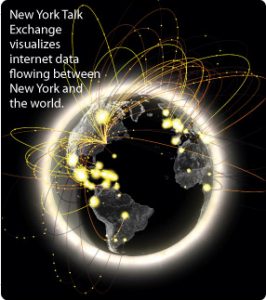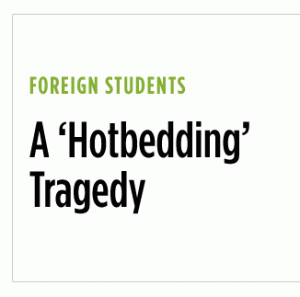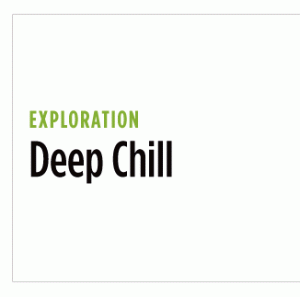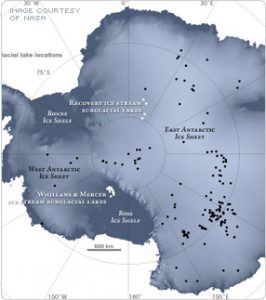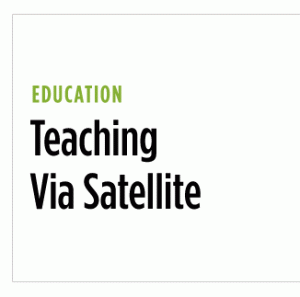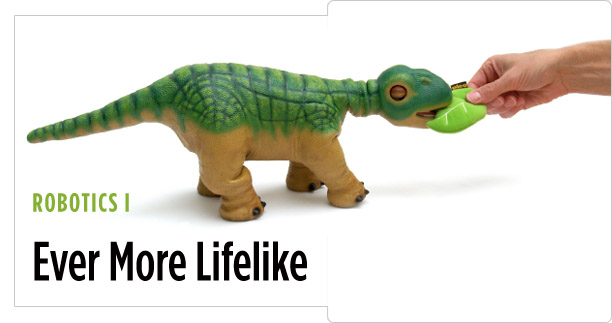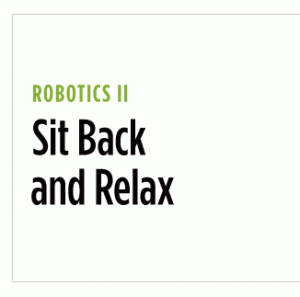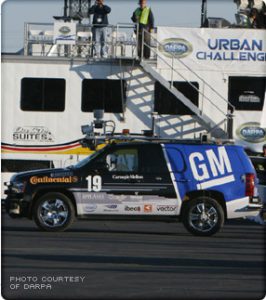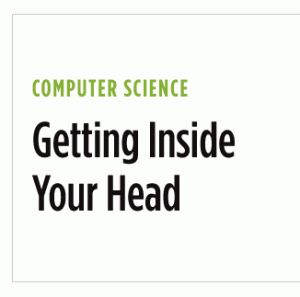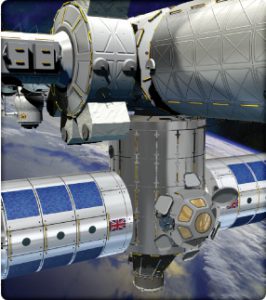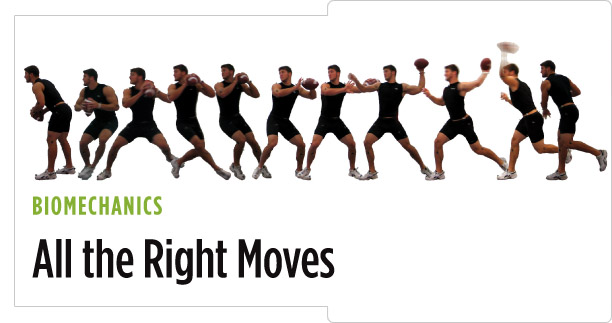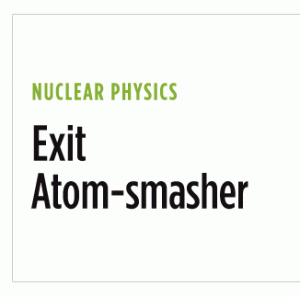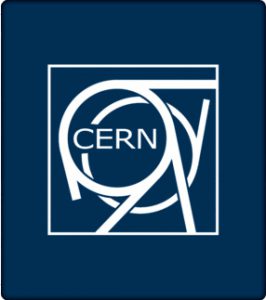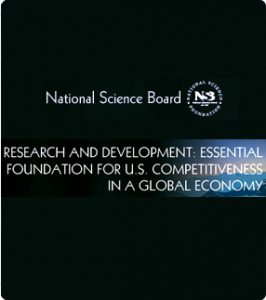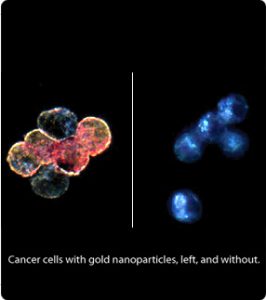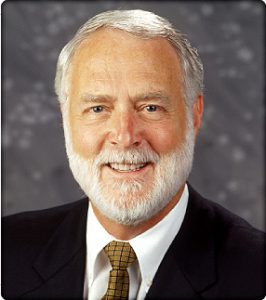BRIEFINGS

To view the latest innovations of designers, scientists, and engineers from across the globe, join the crowds at “Design and the Elastic Mind” (February 24 to May 12). The hot new exhibition at New York’s Museum of Modern Art highlights the role of design in transforming cutting-edge technology into objects and systems that people can use—and understand. Check out the interactive online exhibit at http://www.moma.org/exhibitions/2008/elasticmind/ —Robin Tatu
AUSTRALIA—The deaths of three Indians in a Melbourne house fire in January exposed a dark side of Australia’s foreign-student boom.
The three who died were “hotbedding”—not a morbid pun on the cause of death, but rather, student slang for crowding into cheap accommodations. It derives from the practice by some impoverished workers of crawling into still-warm beds after their housemates leave for a later shift. In this case, the students slept side-by-side on the floor of a shared room. Their mattresses provided ample combustible material for a blaze caused, investigators suspect, by an old computer in constant use.
The deaths highlighted the conditions many endure to get a prized Australian education. While some immigrant students live comfortably in apartments purchased by their parents, many South Asians are cash-strapped. “Indian students often borrow money for fees, so they arrive with substantial debt. There’s enormous pressure to pay it back,” says National Union of Students President Angus McFarland.
The fire has brought pressure on universities from student groups demanding decent, affordable accommodations. It occurred a month after two Indian students drowned off a Melbourne beach. Together, the two tragedies focused new attention on this fastest-growing segment of Australia’s foreign-student population.—Chris Pritchard
Hot tar roads may burn your feet, but a Dutch civil engineering firm has figured out how to capture and store that heat, then put it to use. Noting how well asphalt absorbs solar heat, Ooms Avenhorn Holding devised an asphalt for paving roads and parking lots that is embedded with a network of water pipes. After the asphalt heats the water to 68 degrees, it’s piped into underground reservoirs. Come winter, the warm water is returned to the pipes, heating the road surface.
That means that much less salt is needed to keep roads ice-free. Less salt means less maintenance and longer-lasting roads that are not sodium-corroded. Once Ooms Avenhorn realized that it was collecting more energy than needed to keep the roadbeds toasty, it developed a second system to pipe the water to nearby buildings to warm them, as well. The asphalt-heated water needs help from an electric heat pump to heat the buildings, and the cost to install the waterworks is double that of a conventional gas heat system. But the system uses just half the energy of a gas heater, so it halves carbon emissions and is cheaper to operate. We’re talking street smarts, here. —Thomas K. Grose
Beneath Antarctica are at least 150 subglacial lakes. Now a group of 14 British universities is leading an effort to explore one of them, the large Lake Ellsworth in West Antarctica. Earlier this year, a four-man team from the British Antarctic Survey conducted seismic experiments in the area and measured the lake’s depth at 492 feet.
“It’s a very deep lake,” says Martin Sieger, the principal investigator, who is based at the University of Edinburgh. That makes Ellsworth an ideal candidate for exploration, as it is likely to have microbial life and sediment rich in scientific clues.
The technical and environmental challenges of tapping into a subglacial lake are huge. And with Lake Ellsworth located about 2 miles beneath the surface, this project has been 10 years in the planning. “No one’s ever drilled that deep using the technology we’ll be using,” Sieger says.
Usually drilling deeply into ice requires coating the drill bit with antifreeze. But “that’s completely out of the question,” since the drill and probe will be entering a pristine environment. Instead, the British team will use a hot-water drilling method, essentially a high-pressure shower that melts the ice. It’s a technique that’s been used before, but only to a depth of one mile, so it will require new engineering, says Sieger. —TG
It makes sense: to reach more students of technology, India is turning to technological tools—television broadcasts and the Internet. Only a handful of students who apply to the Indian Institute of Technology, Bombay, actually get in. But now, thousands more are gaining access to the school’s engineering courses through interactive TV transmissions made available to a pan-Indian network of schools via EDUSAT, the educational satellite.
Launched into orbit four years ago by the Indian Space Research Organization, EDUSAT enables IIT-Bombay to telecast to 50 schools, with plans to reach 2,000 schools.Those who participate remotely won’t take exams or be graded, but they’ll benefit from being able to sample the school’s rigorous classes. —TG
LIFE-IMITATING robotic pets are becoming more affordable—that is, if paying several hundred bucks for a toy fits your budget. When Sony debuted the Aibo line of robo dogs nine years ago, the price was around $1,500. Now comes Pleo, a robot dinosaur from Ugobe.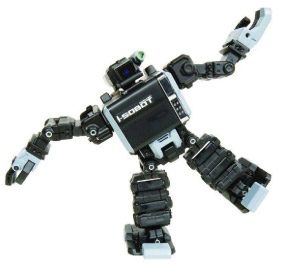
Three years ago, auto enthusiasts hailed the imminent arrival of a General Motors driverless car by 2008. Not quite. But this year, GM announced the aim of marketing such a car within a decade. Last November, GM’s robotic Chevy Tahoe, nicknamed “The Boss,” autonomously drove through 60 miles of urban streets to win the Defense Department’s annual robotic car competition, the Urban Challenge. Developed with the help of engineers from Carnegie-Mellon University, the Tahoe was one of only six finalists from an original field of 35, demonstrating how the technology still needs quite of bit of refinement.
Yet, as GM’s chief technologist Larry Burns told reporters, “This is not science fiction.” Indeed, most of the required material is already at work in cars: radar-based cruise control, motion sensors, satellite-delivered digital mapping. Sebastian Thrun, who co-led Stanford University’s Challenge team to second place, thinks self-driving cars will eventually become a reality, which is a good thing since 95 percent of highway deaths result from driver error. —TG
Houdini would be pleased: Mind reading, once the realm of charlatans, may soon become a reality. Researchers blending scans from functional magnetic resonance imaging (fMRI) machines with the budding science of machine learning are proving that human thought patterns can indeed be read. A new arm of computer science, machine learning uses algorithms capable of detecting subtle patterns from reams of data. Employing this technique, computer scientist Tom Mitchell and cognitive neuroscientist Marcel Just of Carnegie-Mellon University recently targeted where in the brain thought processes occur when people view a specific object, like a hammer, a drill or a castle. They learned that looking at familiar objects activates several areas of the brain. Moreover, different people’s brains reacted in much the same way, indicating commonality in how all humans process everyday images. They’ve also learned how the brain represents concepts described by concrete words, Mitchell says. Next, Mitchell and Just want to see if they can decode how the brain reads abstract thoughts, like truth, freedom and beauty. Makes you think, doesn’t it?—TG
America’s publicly funded colleges and universities got a big fiscal boost in the 2007-08 budget year. Money from state legislatures totaled $77.5 billion, up 7.5 percent over the previous year, the largest annual increase in more than 20 years. The figures come from Illinois State University’s Grapevine Project, which provides an annual compilation of state funding for higher education. Of the 50 states, only Rhode Island cut university monies; its appropriation of $180.2 million represented a one-year drop of 1.2 percent. Even hard-hit Michigan managed to increase spending by 0.1 percent, to just over $2 billion.
Overall, 15 states increased higher education spending by at least 10 percent or more. North Dakota topped the list, with a 19.1 percent increase to $256.8 million. The study warns that these may be the last big gains schools see for some time, should the credit crunch and stalled housing market push the country into recession. Indeed, in November, the National Conference of State Legislatures reported that state revenues during the first trimester of the 2008 fiscal year were clearly softening.
With harder times looming, Harvard University’s recent decision to make more student aid available has eased the burden on middle-class families. Yale, Princeton, and Stanford have followed suit and announced similar plans. —TG
The United Kingdom is the world’s fifth biggest economy, but unlike most other global players, it’s had little involvement with the International Space Station (ISS). Now, supported by the British Interplanetary Society, a group of engineers and scientists is hoping to change that. They’re lobbying the government to build and launch two modules with expanded living quarters for astronauts. The backers made their pitch in the society’s magazine, Spaceflight, through an article by Mark Hempsell, a senior lecturer in astronautics at Bristol University’s aerospace engineering department. The proposed modules would include a communal area for a permanent crew of six. Hempsell estimates that the cost to design, build and launch the modules aboard a Russian Souyuz/Fregat rocket—as well as conducting an onboard science program—would be $1.2 billion, spread out over five or six years. While the argument has always been that the U.K. can’t afford to join ISS, Hempsell demonstrates that they can participate for a reasonable investment. If the U.K. doesn’t join the Space Station team, Hempsell argues, Britain’s science community risks exclusion from microgravity experiments and breakthroughs in fields ranging from materials science to medicine. —TG
Earlier this year, University of Florida quarterback Tim Tebow won the coveted Heisman Trophy. But only a year ago, his future in football was threatened by a persistent ache in his throwing shoulder. Fortunately for Tebow, the Gainesville campus is home to the Biomechanics and Motion Analysis Lab, one of only two sports motion laboratories in the U.S. 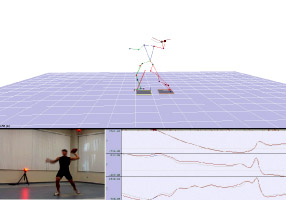
It’s massive and massively historic. Built in the mid-1930s at Columbia University, the hulking, 30-ton cyclotron split atomic nuclei using an enormous electromagnet to hurl and smash particles at the breakneck speed of 25,000 miles per hour. The information gleaned from these experiments helped the U.S. build the first atom bomb.
The cyclotron has long been eclipsed: Next month, when the world’s most powerful particle accelerator is activated outside Geneva at CERN, the European Organization for Nuclear Research, particles will fly around the track of the Large Hadron Collider at nearly the speed of light—approximately 670 million m.p.h. But Columbia is again supporting a new threshold of nuclear research in joining an international consortium of 1,800 physicists involved with CERN. The school has also purchased a high-speed online connection to this premier atom-smasher, gaining access to CERN data at the rate of one gigabit per second. Though some Columbia faculty petitioned for the original cyclotron to be preserved for historical value, refurbishing it proved to be too costly. So America’s smashing cultural icon is headed for the scrap yard.—TG
America’s elite schools are growing ever more popular. Many of the most selective colleges are seeing applications reach new highs. Harvard, for instance, received 27,278 applications for its 2008 freshman class, up 19 percent over 2007. Other top-tier schools—including the University of Chicago, Dartmouth, and Northwestern University—also report that applications are soaring. Demographics is one big reason as, in recent years, there’s been a surge in the number of college-age students. That’ll peak next year, when a record 3.2 million 18-year-olds graduate from high school. Top schools are also casting a wider recruitment net for students, marketing themselves not only in far-flung states but overseas. And they’ve made a concerted effort to target more low- and middle-income students. Of course, with the increase in applications, rejection rates will skyrocket, too.
At some colleges, more girls than boys may face rejection, as schools seek to balance their male and female student populations. Fifty-seven percent of today’s undergraduates are female, a big change from 1980, when male-female student populations were roughly equal. The new numbers make it harder for universities to maintain a gender equilibrium, so some schools are giving male applicants more weight. A recent U.S. News & World Report study of 1,400 schools found that at many schools, boys have a 10 percent greater chance of getting in than do girls. —TG
In 2006, the National Academy of Engineers convened a panel of international experts to identify the century’s greatest challenges—those essential to future health, safety, planetary sustainability and quality of life. Their unranked list of 14 Grand Challenges was announced this February. Members of the public are invited to join the discussion at the website http://www.engineeringchallenges.org, where they can learn more, add comments and vote on the issue they believe to be most pressing. The Challenges:
- Make solar energy affordable.
- Provide energy from fusion.
- Develop carbon sequestration methods.
- Manage the nitrogen cycle.
- Provide access to clean water.
- Restore and improve urban infrastructure.
- Advance health informatics.
- Engineer better medicines.
- Reverse-engineer the brain.
- Prevent nuclear terror.
- Secure cyberspace.
- Enhance virtual reality.
- Advance personalized learning.
- Engineer the tools for scientific discovery.
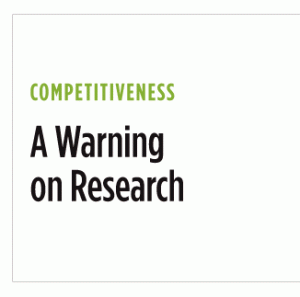
The National Science Board is raising the alarm about America’s global position in science and technological innovation. Every two years, the board releases a comprehensive, policy-neutral study of the state of academic, industrial and governmental research and development. Among the new findings: American grade school students continue to perform poorly compared with peers elsewhere, the United States has a shrinking proportion of world bachelor’s degrees, and since 2002, the U.S. trade balance in advanced technology products has gone from a surplus to a deficit.
Because of the disturbing trends, the NSB released a companion report, Research and Development: Essential Foundation for U.S. Competitiveness in a Global Economy. It calls for more funding for basic research, “intellectual interaction” between industry and academia and better tracking by government agencies of globalization trends. —TG
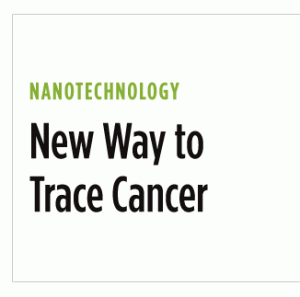
When cancer cells metastasize, they often hitch a ride through the lymph system, which collects fluids that drain from tissues. To test if cancer cells have spread, blue dye and radioactive material are injected near a tumor to locate the closest lymph node. It’s then surgically removed, in a process that is both risky and time-consuming. Now, working with experts at the school’s cancer center, bioengineer Stanislave Emelianov at the University of Texas, Austin, is testing a new method to determine if metastasis has occurred, using a laser, ultrasound and light-sensitive gold-based nanoparticles. If it works, a quick, noninvasive diagnosis could be made at a doctor’s office. Backed by a $1.3 million National Institutes of Health grant, the Austin team is engineering the gold nanoparticles to glom onto specific proteins found in head and neck cancers. Once clumped together, the nanoparticles will absorb the red in a laser light’s color spectrum. And the color change will show up in an ultrasound scan. Although the four years of research will focus on head and neck cancers, if it’s successful, the technique could be applied to all cancers.—TG
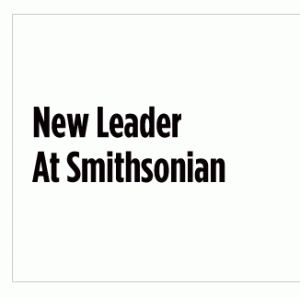
G. Wayne Clough, 66, president of the Georgia Institute of Technology and a civil engineer, has been named the new chief executive of the Smithsonian Institution in Washington, D.C. He takes over the mammoth science, art and research complex July 1.
Category: Features
